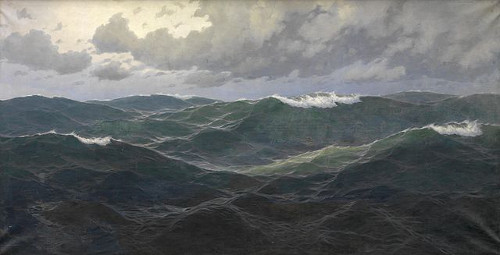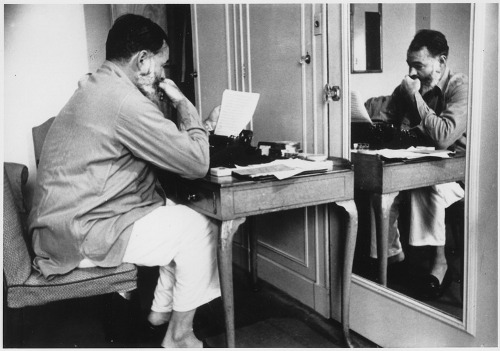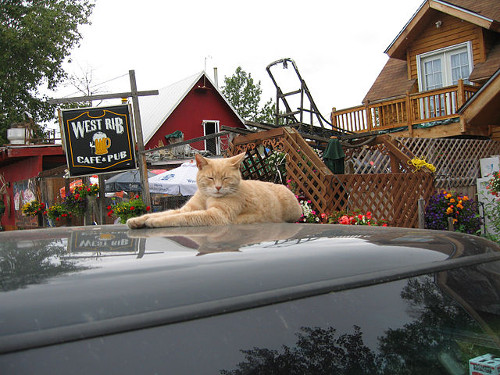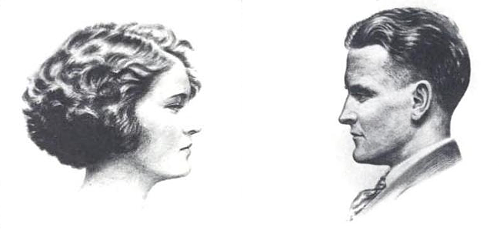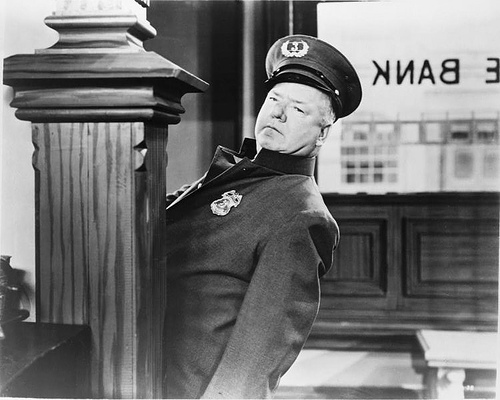Description of the facts underlying an 1828 action against John Ramage, a Liverpool man accused of “omitting to take proper care of a cow”:
The circumstances of the case were of a somewhat singular nature. It appeared, from the evidence, that, about six o’clock in the evening of the 8th of July last, a cow was found wandering in Tithebarn-street in a very disorderly manner, to the terror of the lieges, several of whom it had thrown down, and, for this conduct, it had been seized and dragged to the pound kept by the defendant. Here the restive animal determined on making her escape, and, ascending a flight of six stone steps, she proceeded along a passage, and, breaking open a door, found herself in a room where Mrs. Ramage and her family were taking tea. The company ran screaming from the room, leaving her to the uninterrupted enjoyment of the bohea, and buttered toast. The cow immediately commenced operations on the good things before her, but from natural awkwardness, overthrew table and tea-service, and, after doing some other mischief, bolted through a door opposite the one at which she had entered the room, and down five steps into a yard, where egress was stopped; and, before she could retrace her steps, Mr. Ramage and his assistants took her into custody, and conveyed her to her original place of durance.
The next morning, Mr. Ramage, on visiting the yard, found that his prisoner had again escaped, and he immediately made a search for her. She had climbed a heap of stones, lying in one corner of the yard, to a wall about twelve feet from the ground, along which she had walked (though the wall was but one brick and a half thick) a distance of sixteen feet, and climbed somewhat higher to the top of a shed; this she had walked over, and again elevated herself by gaining the top of a building used as a filecutter’s shop. Not being sufficiently acquainted with that part, she at once pushed one of her feet through the sky-light, to the inexpressible horror of Mr. Rockett, the file-cutter, who was at work below. Having extricated her foot, she again ascended, and walked along the roof of a warehouse, the height of an ordinary three-story house. This roof proved to be too weak to support the weight of the animal, and she fell through upon a pile of bags of cotton, and rolled to the floor, where her journeyings ended, for she was found in this room, lying on her side, very materially injured. … After some deliberation, the jury returned a verdict for the plaintiff, damages 2l. 2s., subject to a point reserved for decision as to the jurisdiction of the court to try the cause.
— Liverpool Courier, reprinted in Annual Register, October 1828


